EEFA Celebrates Energy Efficiency Day
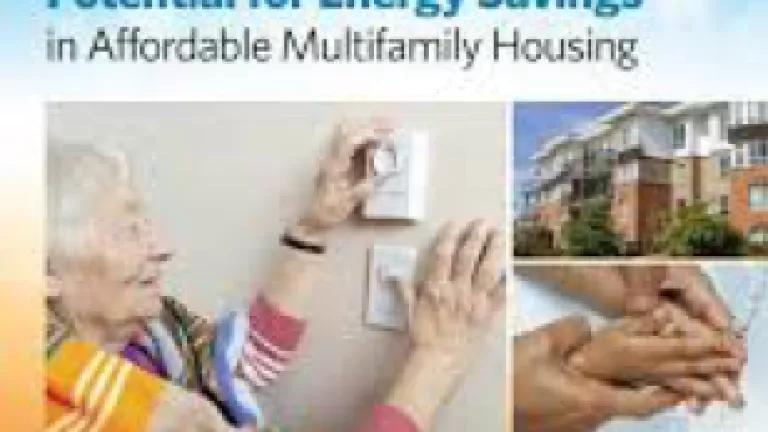
As a kick off to Energy Awareness Month, today, Friday October 5th is Energy Efficiency Day, a day that celebrates and recognizes energy efficiency as the quickest, cheapest and cleanest way to decrease our energy use and our reliance on fossil fuels. It also better manages our growing energy needs and saves money on our electric bills.
Energy efficiency is only growing in its role as a vital resource amid recent advances in building design, technological advances in appliances and electronics, and increased consciousness about saving energy due to our growing understanding of the threats posed by climate change.
Since 2014, Energy Efficiency for All (EEFA) has been working with partners across the nation to ensure that due attention is placed on the need, potential and benefits of increased energy efficiency investments in the affordable multi-family housing sector.
EEFA advocates for energy efficiency through a unique partnership of affordable housing advocates, environmentalists, community-based organizations and technical implementors of energy efficiency measures in affordable multi-family housing. Our national partnership includes the National Housing Trust, Elevate Energy, Natural Resources Defense Council and the Energy Foundation.
What began as a project involving 8 state-level partnerships has now grown to 13 states and an expanded network of leaders and practitioners in the Network for Energy, Water, Health in Affordable Buildings (NEWHAB).
Why energy efficiency?
Many low-income and vulnerable households have few residential options but to rely on poor housing quality that result from residential segregation, long-term neighborhood disinvestment and deferred maintenance of the housing stock. These homes tend to be energy inefficient, impacting the stability of many families due to high utility bills and recurring illnesses from inadequate indoor air quality. Struggling families sometimes spend more than 20 percent of their incomes on electricity and heat—far more than the national average of 2.7 percent.
Investing in energy efficiency is the cheapest path to reducing the demand for energy, thus reducing the amount families need to spend on energy services. In multi-family rental housing, including public housing, energy cost is usually the highest recurring expenditure to maintain affordable, quality homes. Reducing the cost of energy through increased efficiency can help to preserve the long term affordability of homes.
Increasing the efficiency of residential energy consumption in the U.S. would save more than 500 million CO2 equivalent metric tons of energy, making a major contribution to our efforts to avoid dangerous levels of climate change.
Finally, energy efficiency creates jobs and has numerous economic development benefits. For every dollar invested into efficiency for the affordable multifamily housing sector, $2 are invested back into the local economy.
EEFA’s growth over the years
EEFA’s efforts to further energy efficiency in affordable multi-family housing began in 8 states. Our initial efforts sought to make the case for increasing investments by highlighting the savings potential in the sector.
The “Potential for Energy Savings in Affordable Multifamily Housing” report identified the maximum achievable potential savings and benefits that can be captured over the 20-year period from 2015-2034 in the multifamily affordable housing sector.
Based on the data gathered from a sample of states across the country, the report estimates that energy efficiency programs in multifamily affordable housing could cut electricity usage by as much as 32 percent and natural gas by 24 percent. The study includes specific findings for Georgia, Illinois, Maryland, Michigan, Missouri, New York, Pennsylvania, and Virginia.
We followed up the potential study report with recommendations for how utilities could cater program services to reach this untapped savings potential.
The “Program Design Guide: Energy Efficiency Programs in Multifamily Affordable Housing” identifies 12 best practices for policymakers, regulators, and program administrators to help building owners invest to increase the energy efficiency of multifamily affordable housing. The Program Design Guide presents learnings from successful models across the nation to form 12 best practices that are actionable for policymakers, regulators, and program administrators to effectively reach the multifamily affordable housing sector.
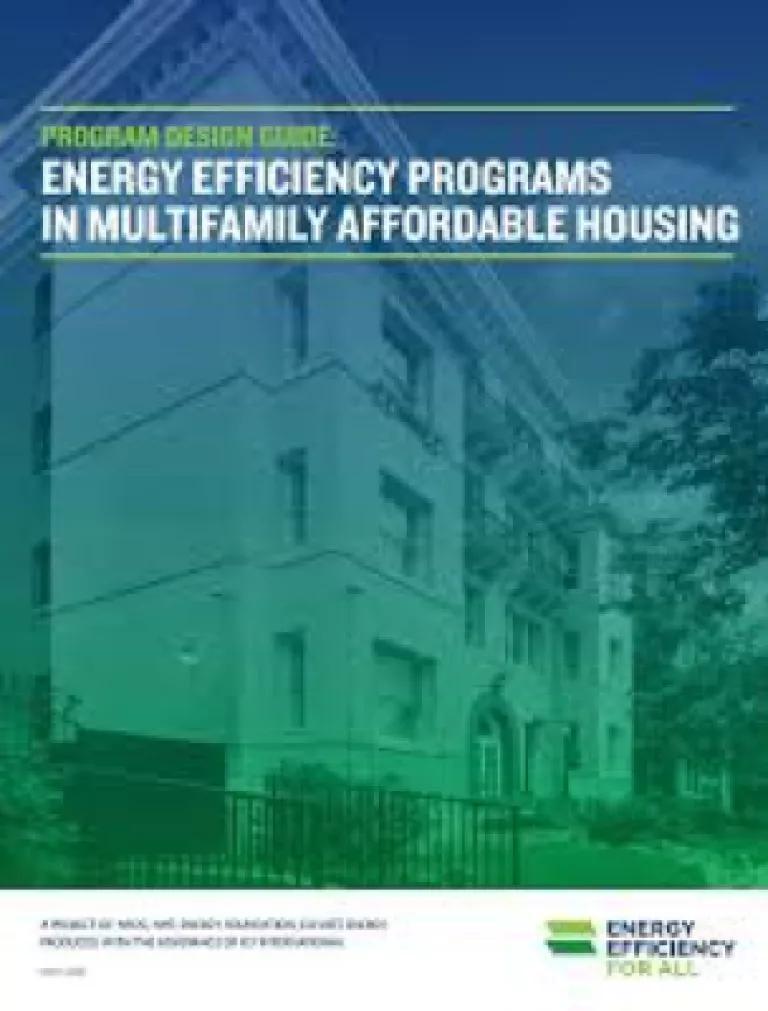
EEFA’s advocacy shows the path to success through energy efficiency
In the four plus years since EEFA began its advocacy, our state partners have had numerous successes that are providing millions in new investment for the affordable multifamily housing sector. Overall our states have raised more than $314million in additional financing support for energy efficiency investments targeting the affordable multifamily housing sector specifically and low income housing more generally.
These include:
- A new low-income multifamily program funded at $22 million over 3 years in the state of Maryland.
- Governor Cuomo (New York) announced the setting of energy efficiency targets for utilities. The plan emphasizes the need to bring energy efficiency to low-income families across the state.
- In Virginia, new legislation paves the way for over $1B in EE investment
- Georgia Power’s first-ever Multifamily Affordable Housing specific energy efficiency program has been established.
- In Illinois EEFA joined a coalition of advocates who helped advance the Future Energy Jobs Act which set aside $81 million in energy efficiency investments over 4 years for affordable multifamily housing.
Building on proven success, expanding the work
Since the early success of the EEFA project, our team and our work has expanded to provide focus on new and highly important areas.
First, we linked with partners in the affordable housing community, environmental justice organizations and many other allies to advocate for affordable housing interest in Federal climate policy under the Environmental Protection Agency’s prior “Clean Power Plan.”
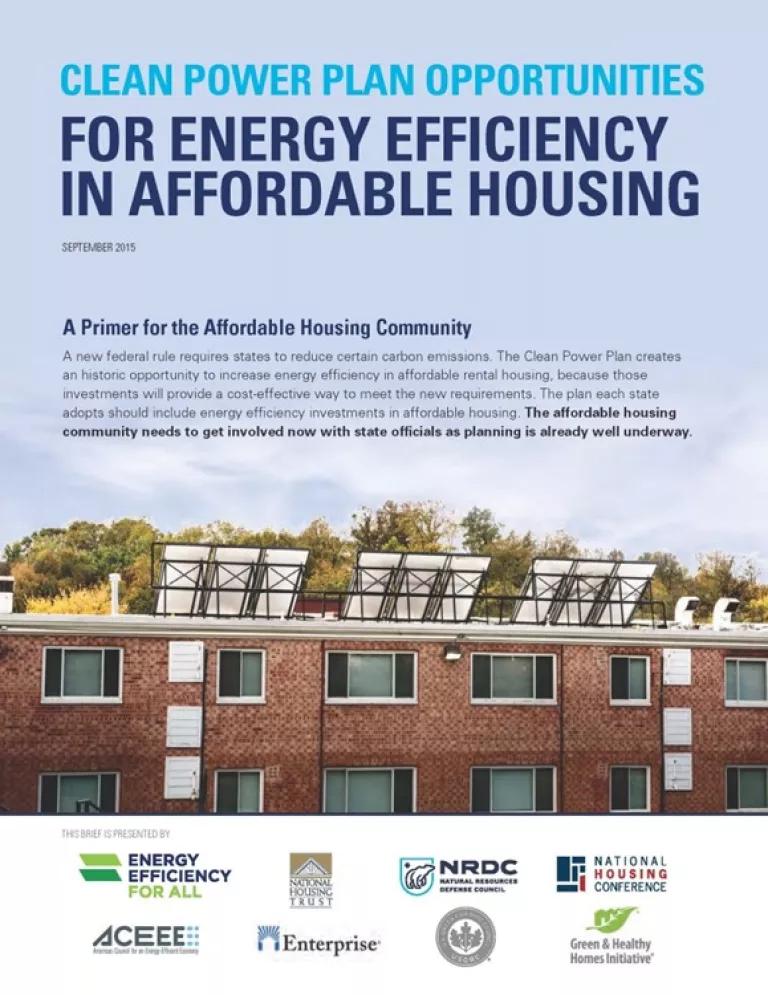
Another area of critical importance for EEFA has been the issue of finance. While much of initial advocacy focused on increasing the size of rate payer funded utility efficiency programs, we are now addressing a much wider universe of potential financing options to increase efficiency. Key questions we are asking in the financing realm are how do we accurately value energy savings in the affordable multifamily sector and how to we best align utility-based financing with other sources of financing for housing rehabilitation and upgrades? What barriers to building owners, lenders and residents face to accessing and delivering financing for retrofits?
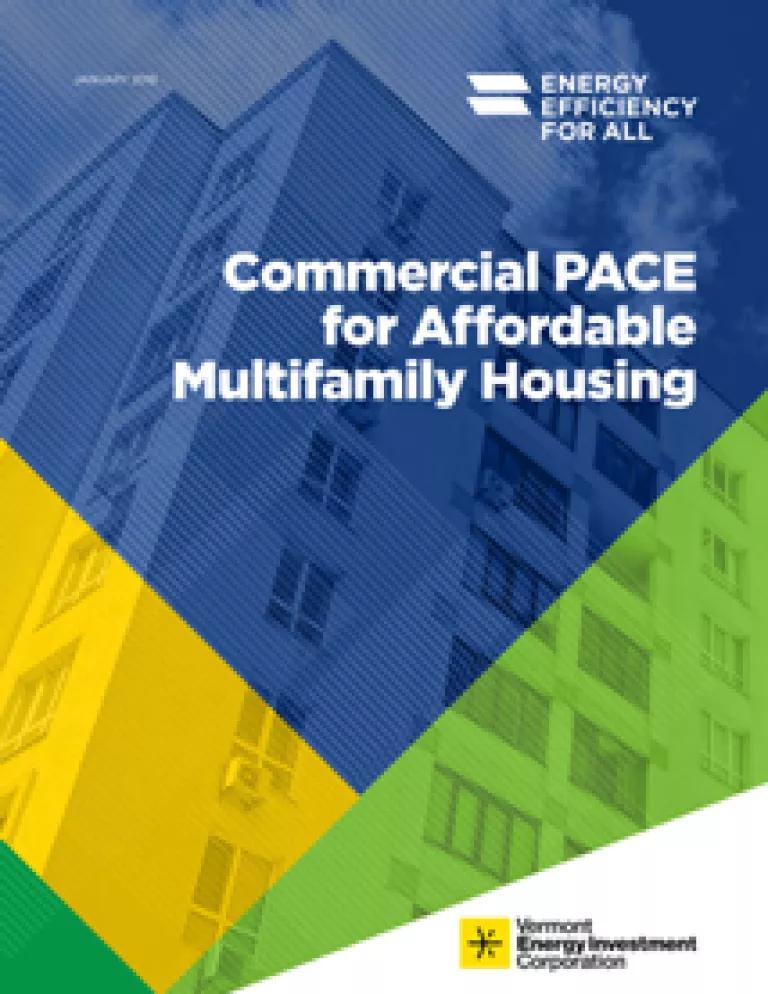
Uncovering energy burdens across the nation
EEFA joined with the American Council for an Energy Efficient Economy (ACEEE) to publish studies examining residential energy burdens in urban and rural America.
The studies found that the median rural household energy burden is 4.4 percent, which is almost one-third higher than the national rate of 3.3 percent and about 42 percent above the median metropolitan energy burden of 3.1 percent. For urban areas, the average low-income multifamily household has an energy burden more than three times higher than that of the average non-low-income multifamily household (5.0% and 1.5%, respectively) and had higher utility cost per square foot.
Understanding energy burdens is a first step to addressing the larger issue of energy insecurity faced by too many American families.
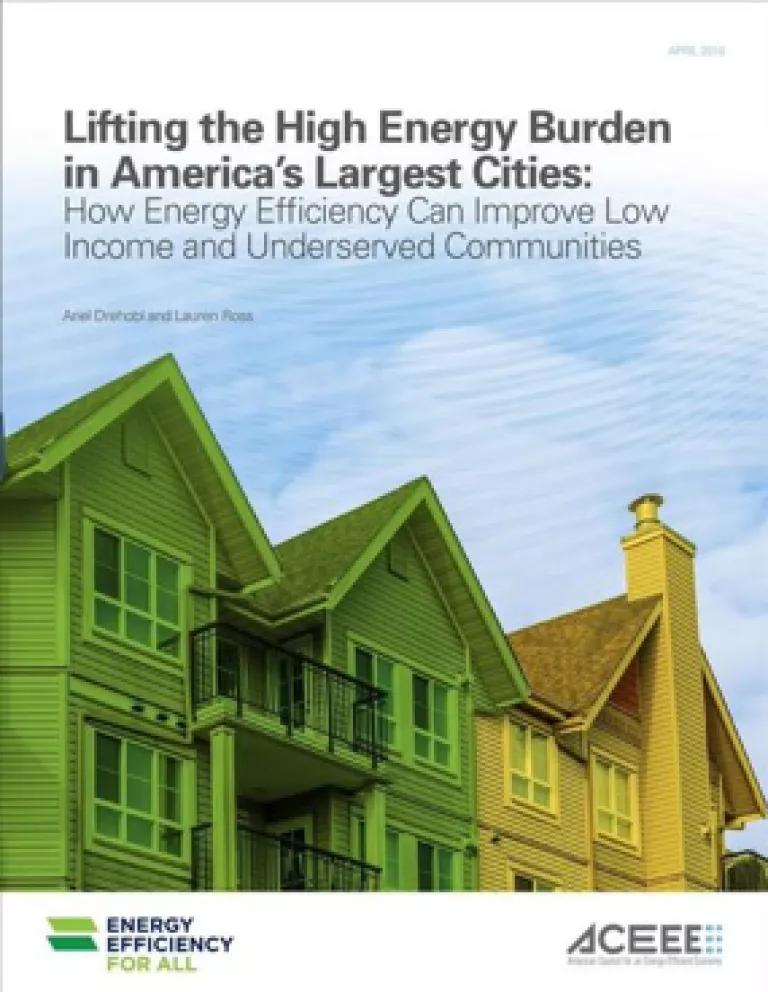
Credit: Energy Efficiency for All
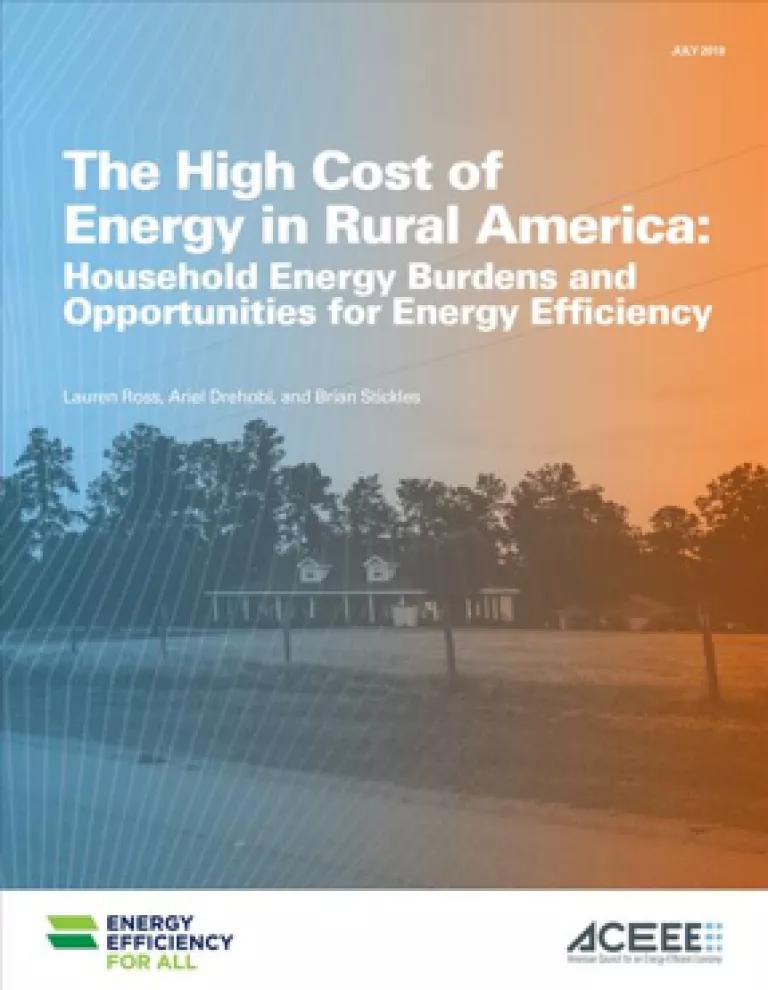
What you can do
Energy is such a critical resource, and energy efficiency is a critical tool in managing our demand for it. Each year on October 5th we celebrate Energy Efficiency Day in order to:
- Raise awareness of the energy and climate change issues we all face and what we can do to fix them.
- Help families, individuals and businesses save money through education on efficiency services and opportunities.
- Unite people who are passionate about cutting energy waste and conserving resources to speak up.
The day is designed to promote the idea that energy efficiency is the fastest and cheapest way to cut energy costs, and reduce carbon pollution.
Join us by:
- Participate in a Twitter chat: Environment America is hosting an online discussion with energy experts to help answer your energy efficiency questions from 1 p.m. to 2 p.m. ET.
- Play a hashtag game: The Midwest Energy Efficiency Alliances is holding a hashtag game to help raise awareness of energy efficiency. Last year’s theme was energy-efficient movie titles. MEEA will reveal this year’s theme at 12:30 pm CT. (I’ve seen it – it’s going to be fun!!)
- Take part in an event near you: Check out this list of events taking place throughout the country in celebration of Energy Efficiency Day.
Show your support online: Join the conversation on the benefits of energy efficiency online anytime today. We’ve put together social media toolkits in English and Spanish to help spark the conversation. You can also retweet the main NRDC Twitter channel and NRDCEnergy. Use the hashtag #EEDay2018. To learn more, contact me or visit www.energyefficiencyday.org



